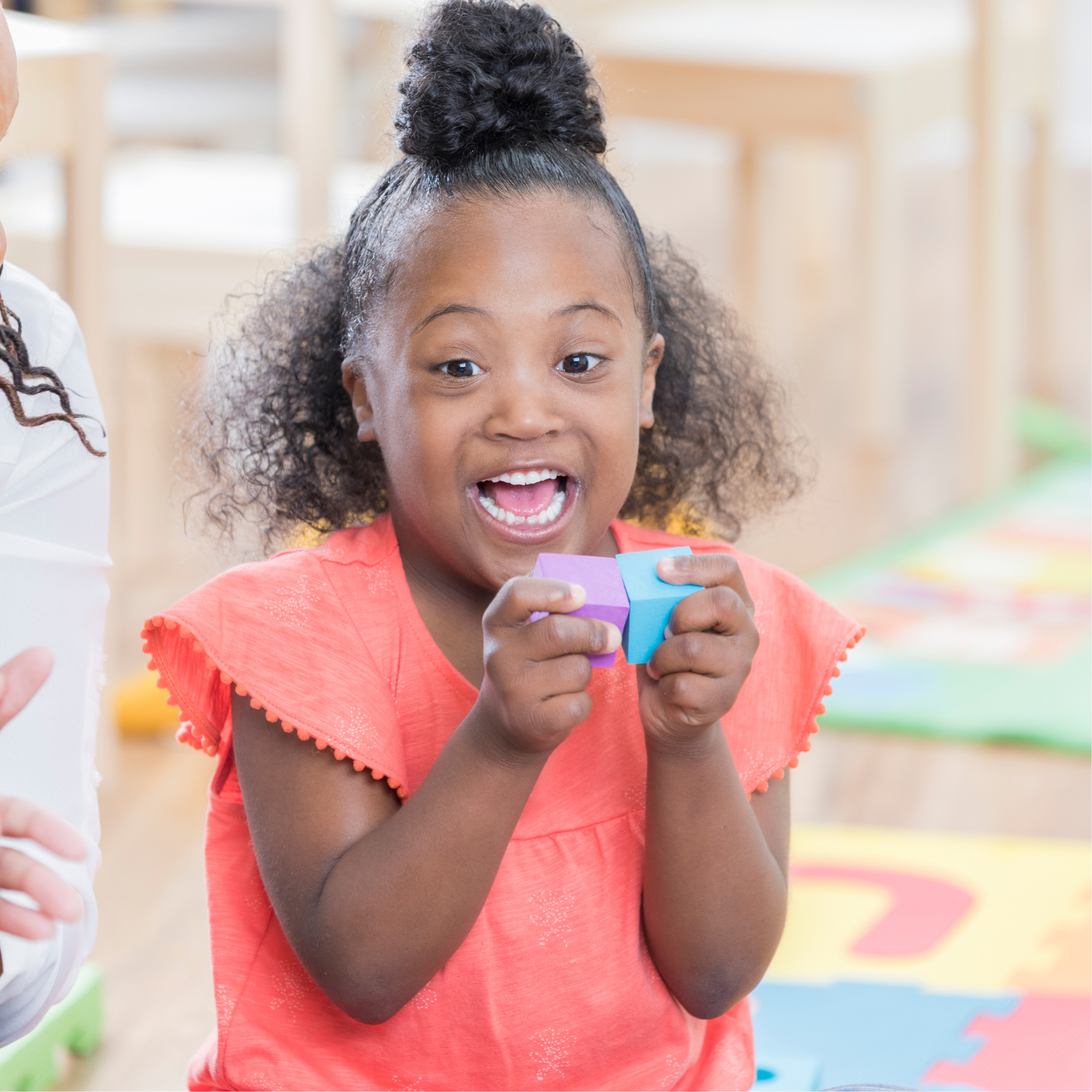Working with students who face emotional and behavioural challenges
Posted by Karabo Kgophane on 29 September 2023, 10:35 SAST

The following techniques can be especially effective when dealing with students exhibiting emotional and behavioural disorders:
1. Planned ignoring
Behaviours displayed to seek attention and do not pose safety risks or disrupt group functioning are best addressed through planned ignoring. This technique should never be used for aggressive behaviours. It may be necessary to teach the class to do this as well. Peer attention can be even more powerful than adult attention for some students.
2. Signal interference
If a student is calm enough to respond, has a positive rapport with the teacher, and is not subject to uncontrollable pathological impulses, a non-verbal signal may suffice to help them regain focus.
3. Proximity and touch control
Moving closer to a distressed student or placing a hand on their shoulder can be effective in showing support in a non-threatening way. When using this technique, avoid highlighting inappropriate behaviour. Instead, offer positive comments for any steps toward compliance.
4. Interest boosting
Change the pace or activity, provide feedback on the student's work, or inquire about their interests related to the assignment if they appear restless. Do this before off-task behaviour occurs.
5. Hypodermic affection
Express genuine affection for or appreciation of a student to assist them in regaining self-control.
6. Easing tension through humour
Humour can often defuse undesirable behaviour when used in a timely and positive manner. Sarcasm, cynicism, and aggression are not appropriate uses of humour.
7. Hurdle help
Before a student starts acting out, assist them with a challenging section of an assignment or task.
8. Regrouping
Change the seating arrangement or small-group assignments of students to prevent specific issues. Do this in a non-punitive and, if possible, inconspicuous manner.
9. Restructuring
If an activity is not proving successful, modify it as soon as possible. Always have a backup plan in place. Sometimes, transitioning from an interactive game to an activity like Bingo, which requires no interaction, can be done smoothly and without punitive measures when a group becomes overstimulated. At other times, offering a choice might be more effective, such as allowing students to discuss information orally or copy notes from the overhead projector.
-
Direct appeal
If a student or group has a positive relationship with the teacher, it can be effective to simply request that a behaviour stop due to the problems it is causing. No consequences or rewards are intended or implied. This is a straightforward request from one person to another.
10. Antiseptic bouncing
Remove a student from a distressing situation before inappropriate behaviours occur. Be careful not to inadvertently reward a student who is instigating a problem.
11. Support from routine
Schedules and routines are often overlooked by adults when considering behaviour management interventions. Knowing what to do and when to do it provides structure, security, and predictability in the lives of students who may not experience such support in other areas of their lives.
12. Limiting space and tools
Instead of removing distracting or potentially harmful items after a student is engaged with them, keep such items out of sight and reach from the beginning. This is especially important when tantrums might escalate to unnecessarily dangerous or reinforcing proportions if too many items are available for throwing and breaking.
Source: Teacher Vision
